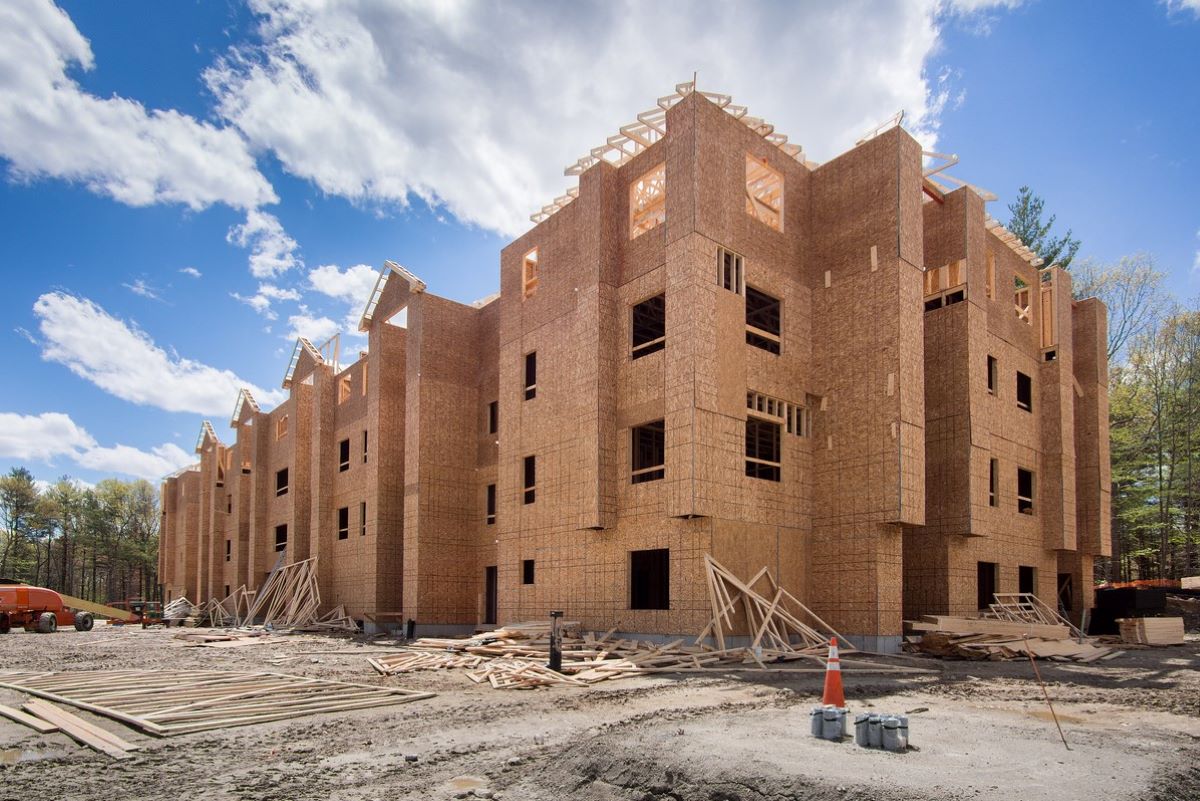A growing number of metropolitan areas in America are not producing enough new housing to meet demand, according to a new report. This is a driving force behind the housing instability felt by millions of households across the country.
The report, compiled by Up For Growth, a housing policy research organization, found that 169 metro areas are experiencing “underproduction,” a term used to describe the deficit of housing units compared to demand.
The report estimates that the country is 3.69 million housing units short of meeting demand. This represents a greater than 123 percent increase from a decade ago. Nearly one-quarter of the metro areas surveyed saw their housing underproduction worsen over that time. Furthermore, another 26 percent of metro areas that had adequate housing supplies in 2012 are now facing underproduction.
“Housing Underproduction is more than a housing problem,” the report concluded. “Addressing it is central to resolving the most urgent and important social, economic, and environmental issues of our time.”
Home Prices Up 40 Percent Since Pandemic
Housing affordability and access have come under increased scrutiny at the local level since the pandemic began in March 2020. Since then, home prices have increased by nearly 40 percent.
Meanwhile, data from the Federal Reserve Bank of St. Louis shows that the national rental vacancy rate—which measures the percentage of available rental units—has declined from 6.6 percent in the first quarter of 2020 to 5.8 percent in Q1 2022.
These two data points are just a microcosm of the struggles faced by renters and homeowners alike. For instance, high-income renters face more competition and fewer choices for new housing at a time when rents are projected to reach $2,000 per month by August.
For low-income renters, the situation is even more dire.
Census data shows that more than 3.4 million households are “somewhat” or “very” likely to be evicted from their homes within the next two months. Nearly 600,000 of these households are between two and four months behind on rent. These totals are relatively unchanged from a year ago.
“While this affects everyone, it is particularly burdensome for working families, people with low incomes, and people of color,” the report said. “In fact, racial and ethnic discrimination has been embedded in housing policy for over a century.”
Several local governments have adopted more inclusionary zoning policies in response to pandemic-driven housing challenges. They also developed generous grant programs to help spur the development of affordable housing. However, the report found that these efforts have not yet had their intended effect.
For example, just 3.6 percent of metro areas surveyed have reached adequate housing production since 2012. Another 4.5 percent of metro areas are “in the process of recovering” from past underproduction.
“When working individuals and families pay a higher percentage of their income for housing, they are more vulnerable to housing instability or houselessness,” the report said. “For many people, limited housing affordability means traveling further to access jobs, education, and services.”
Lack of Affordable Housing Impacts Nearly Every Community
While housing inequities were once thought to be an issue in coastal markets, The report also makes clear that housing underproduction is impacting nearly every community. But the impacts are being driven by different factors.
For example, household formation challenges are the primary driver of Washington, D.C.’s housing underproduction. St. Louis, Missouri, is facing a significant shortage of housing availability, and Detroit, Michigan’s challenges are borne by many uninhabitable units in its local market.
“Simply building more housing will not address Housing Underproduction in America,” the report said. “Policymakers must prioritize equity and actively reverse the nation’s history of exclusionary policies.”
To address the nation’s housing affordability struggles, Up For Growth suggests local governments prioritize building more housing in areas of high economic mobility, with good access to jobs and reliable existing infrastructure. These policy aims could also create housing markets that are more racially equitable and can support local climate policy goals.
The report also suggests that local governments focus on “feathering-in” density by building workforce housing and focusing on transit-oriented development. Doing so could open historically exclusionary neighborhoods to a greater diversity of residents and provide more opportunities for “people to flourish.”
How You Can Help
The pandemic proved that we need to rethink housing in the U.S. It also showed providing additional support and protections for renters is a clear-cut way to reduce future increases in homelessness. It also showed that the country needs more affordable housing options, including manufactured homes.
That’s why we need you to contact your officials and representatives. Tell them you support keeping many of the pandemic-related aid programs in place for future use. They have proven effective at keeping people housed, which is the first step to ending homelessness.













